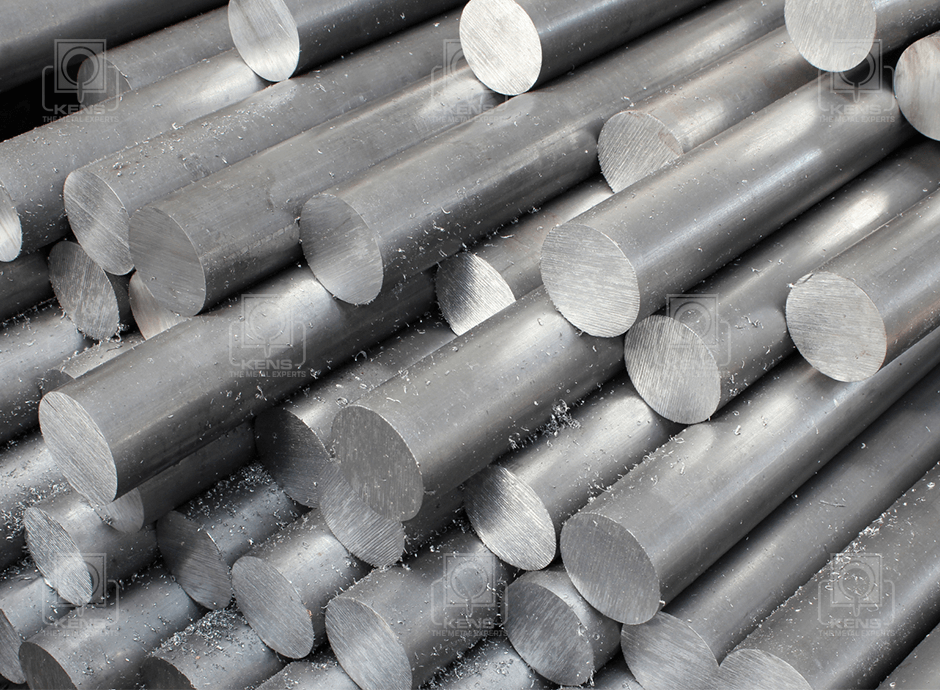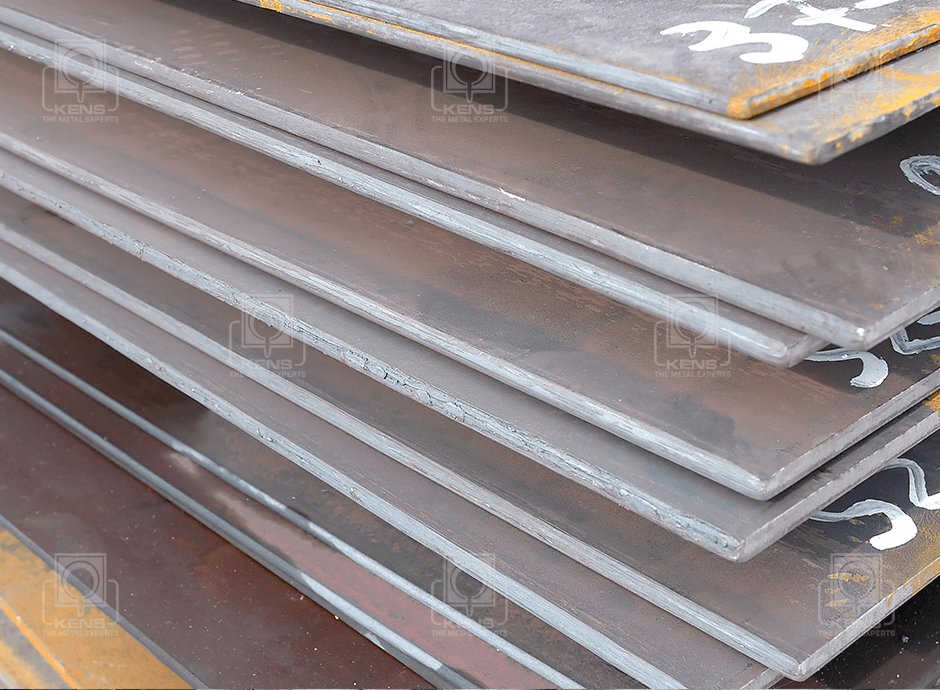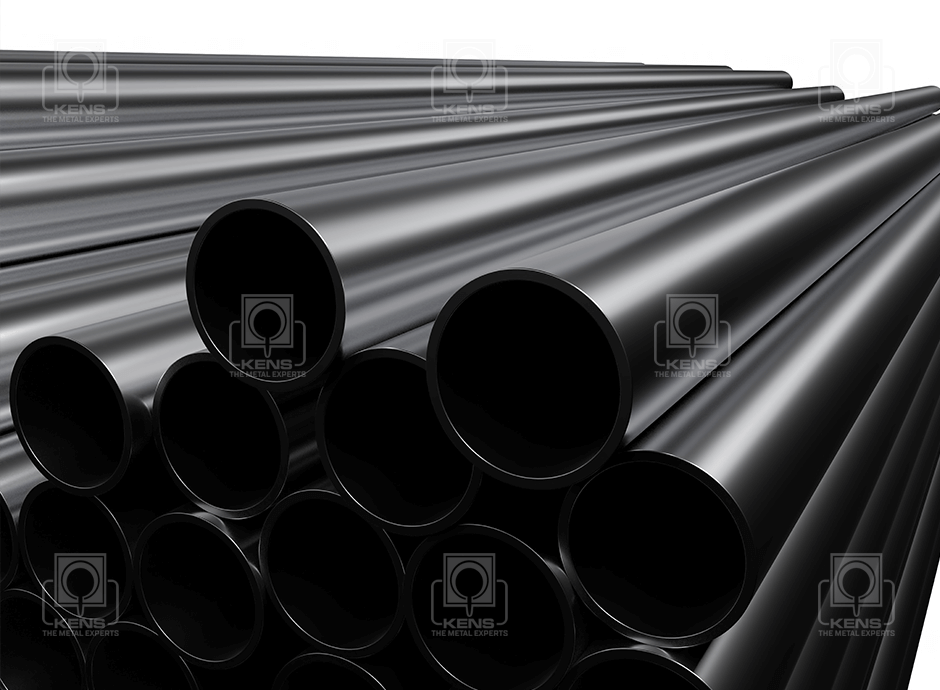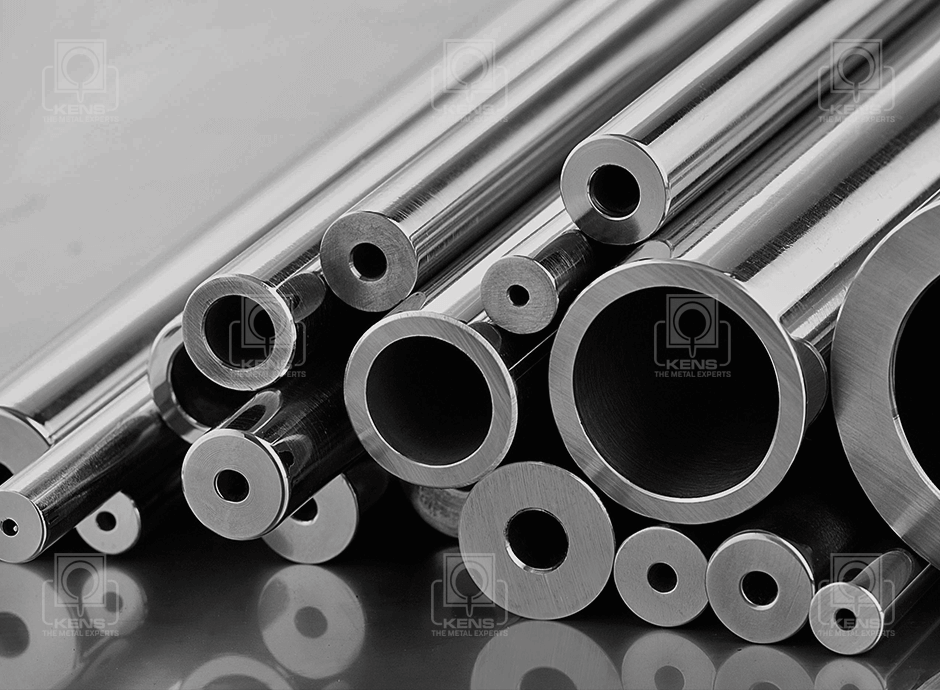AISI 1018 mild/low carbon steel has excellent weldability and produces a uniform and harder case and it is considered as the best steel for carburized parts. AISI 1018 mild/low carbon steel offers a good balance of toughness, strength and ductility. Provided with higher mechanical properties, AISI 1018 hot rolled steel also includes improved machining characteristics and Brinell hardness. Mild Steel is tough, making it now the most common form of steel because of its relative affordability while providing material properties that are acceptable for many applications.

Specific manufacturing controls are used for surface preparation, chemical composition, rolling and heating processes. All these processes develop a supreme quality product that are suited to fabrication processes such as welding, forging, drilling, machining, cold drawing and heat treating.
| Element | Carbon | Silicon | Manganese | Sulphur | Phosphorus |
|---|---|---|---|---|---|
| Content (%) | 0.16 - 0.24 | 0.10 - 0.40 | 0.50 - 0.90 | 0.05 Max | 0.05 Max |
Mild steel can be used to make bullets, nuts, bolts, chains, hinges, knives, armor, pipes, magnets and machinery components where a low strength material is required.
Structural steels are used in many ways and their application can be diverse. They are particularly useful because they offer the unique combination of good welding properties with guaranteed strengths. Structural Steel is an extremely adaptable product and is often favored by the engineer trying to maximize strength or s structure while minimizing its weight.

It will come as no surprise that the construction industry is the biggest consumer of Structural Steel, where it is used for all manner of purposes and employed at diverse scales. Whether a small box lintel is used to carry the load of a structural wall in a residential property or a vast I-beam is bolted in place to hold the road surface on a bridge, structural steel can be specified, designed and fabricated for the job.
| Grade | C% | Mn% | P% | S% | Si% |
|---|---|---|---|---|---|
| S235 | 0.22 Max | 1.60 Max | 0.05 Max | 0.05 Max | 0.05 Max |
High Rise Buildings / Skyscrapers, Houses, Factories, Offices, Shopping Malls, Train Tracks, Road barriers, Bridges
Carbon Steel pipe mainly refers to the carbon mass fraction less than 3.0% without containing deliberately added alloying elements of steel, with the level of carbon contained in a steel being one of the most important factor to influence on the strength of the steel, the hardness, ductility, toughness and weldability. Seamless pipes and fittings made from a solid round steel ‘billet’ which is heated and pushed or pulled over a form until the steel is shaped into a hollow tube. The seamless pipe is then finished to dimensional and wall thickness specifications in different sizes.

| C | Mn | P | S | Si | Cr | Mo | Ni |
|---|---|---|---|---|---|---|---|
| 0.30 Max | 0.29 / 1.06 | 0.05 | 0.06 Max | 0.10 Max | 0.40 | 0.15 | 0.40 |
ASTM A106 Seamless Pipe (also known as ASME SA106 pipe) is commonly used in the construction of oil and gas refineries, power plants, petrochemical plants, boilers, and ships where the piping must transport fluids and gasses that exhibit higher temperatures and pressure levels. It can also be used for drainage pipes, water pipes, sewage pipes and several other purposes.
Hollow bar is suitable for wide variety of general engineering purposes: whenever a circular component is being manufactured, hollow bar is a potential raw material; whether the component is a plain bush or a complex precision part.

| Element | Carbon | Manganese | Sulphur | Phosphorus | Silicon |
|---|---|---|---|---|---|
| Content (%) | 0.22 | 1.60 | 0.05 | 0.05 | 0.55 |
Hollow steel can be used for a variety of purposes including bosses, bushes, cylinders, rams, piston rods, hubs, shafts, spacers, collars, couplings and axles. Hollow steel can also be used in automotive, earth moving, agricultural and machine tool industries and in equipment used for drilling, mining and mechanical handling.